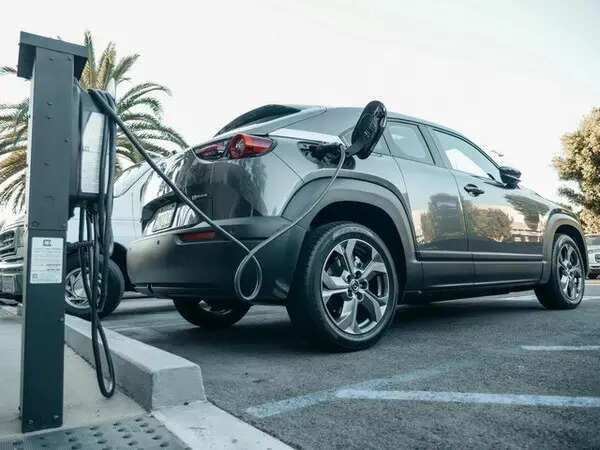
Buying a car or two wheeler on loan is easy these days with attractive and plenty of financing options. But the case is not the same when it comes to electric vehicles. Financing rates can vary compared to petrol or diesel vehicles. EV passenger vehicles generally have competitive rates, sometimes lower than internal combustion engine (ICE) vehicles. However, for electric two-wheelers, the rates are often higher depending on the brand and the customer’s credit profile.
According to Deloitte India partner Rajat Mahajan, “Captive NBFCs and banks offer green loans for e-PVs which is 0.1% cheaper than ICE financing so the rates are more or less the same. In e-two wheelers, the rate differential is anything from 1-4% depending on product and brand.”
Currently, loans for petrol and diesel passenger vehicles have interest rates ranging between 9.3% and 10.3%, while ICE two-wheeler rates range from 16-20%. For EVs, interest rates for cars and SUVs are between 8.5-9.5%, whereas e-two-wheelers range from 18-22%.
The difference in financing terms is important. Financiers and dealers acknowledge, unofficially, that EV financing is lower than ICE loans even within the same automotive brand.
“EVs are an evolving segment, banks and NBFCs have been cautious while funding due to lack of understanding of how EV batteries work (working life, replacement/repairs) and are awaiting the evolution of a strong secondary/resale market,” stated IndoStar Capital Finance CEO Karthikeyan Srinivasan.
This caution explains the disparity in financing penetration rates between ICE and electric two-wheelers. “Currently, petrol two-wheeler financing penetration is 80% plus,” noted Nikunj Sanghi, MD of JS Fourwheel, a Hero Motocorp and M&M dealer. Meanwhile, Rajat Mahajan mentioned, “financing penetration of e-two wheelers have gone from 15-20% around 18 months ago to 40-45% now with 80% financing coming from banks.”
The past year has seen revisions in interest rates for EV financing. For example, the Indian Overseas Bank has increased the interest rate for EV four-wheelers by 25 basis points to 8.65-10.15% from 8.4-9.9% a year ago due to the revision in the repo-linked lending rate. Nevertheless, its rate for EV two-wheelers remains unchanged at 11%. The bank also offers a 0.2% interest concession for e-four-wheelers to “promote clean energy and environment,” according to IOB MD & CEO Ajay Kumar Srivastava. L&T Finance has also raised EV financing rates by 1-1.5 percentage points in a year. “Currently, it is 8.5-9.5% (flat). The range is due to the different risk profiling of clients,” stated a spokesperson.
In the commercial vehicle sector, where EV adoption is higher than for passenger vehicles, there has been little change in rates, with EVs being more competitive than ICE vehicles due to captive NBFCs. According to Mahesh Babu, CEO of Switch Mobility, “We leverage the synergies of Hinduja Leyland Finance, the financing arm within our group, utilising financial infrastructure to provide competitive financing options for customers.”

